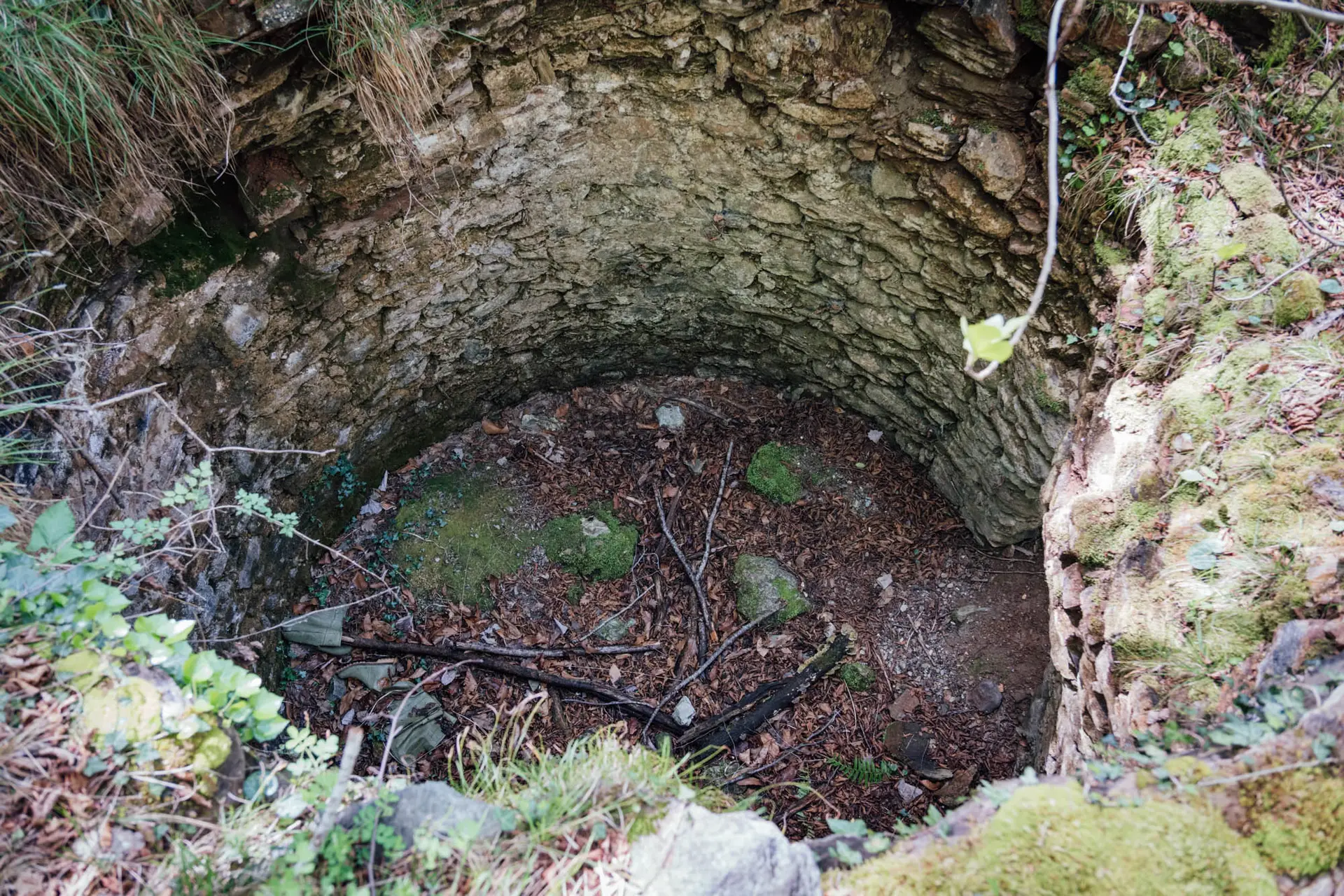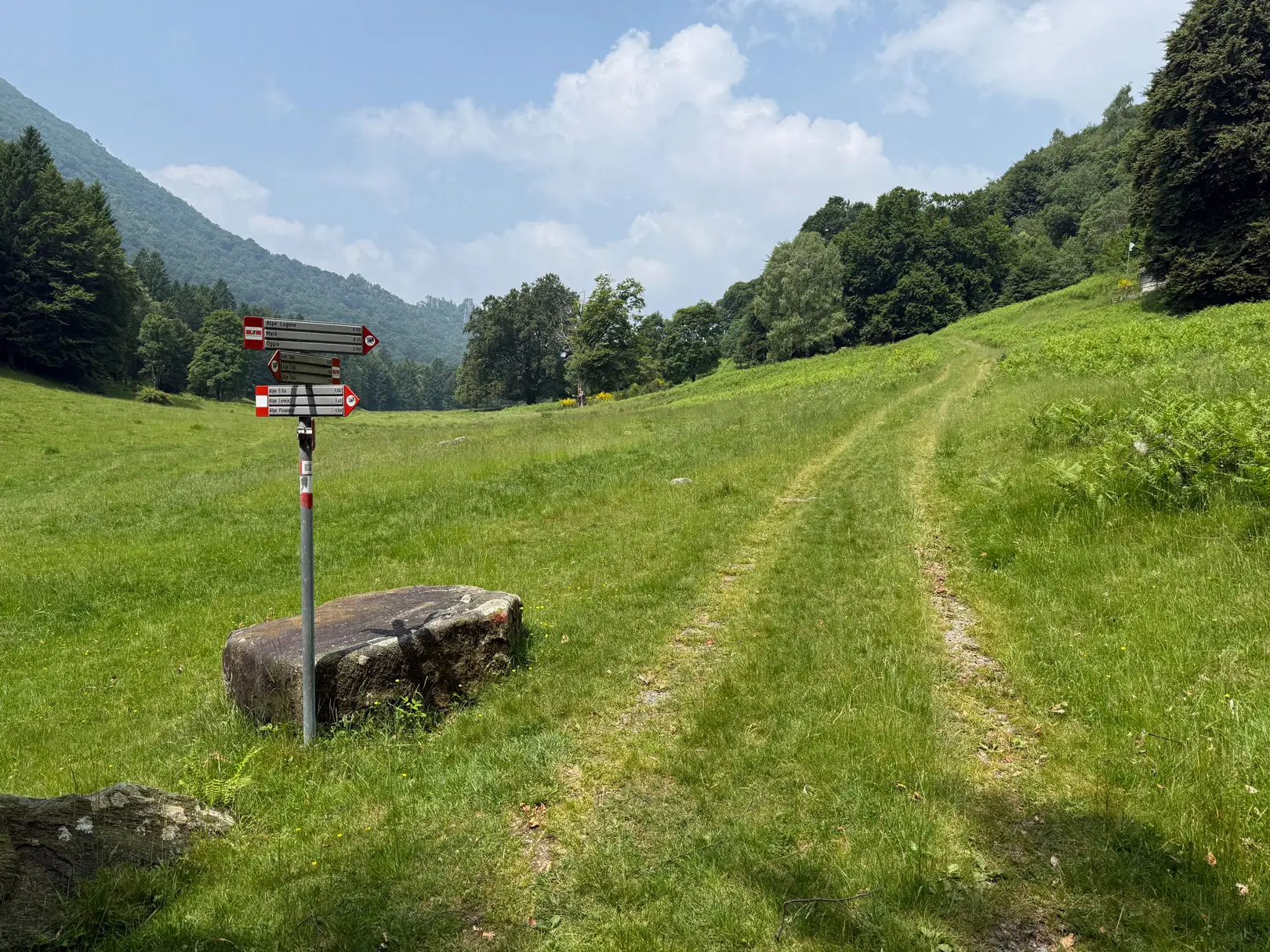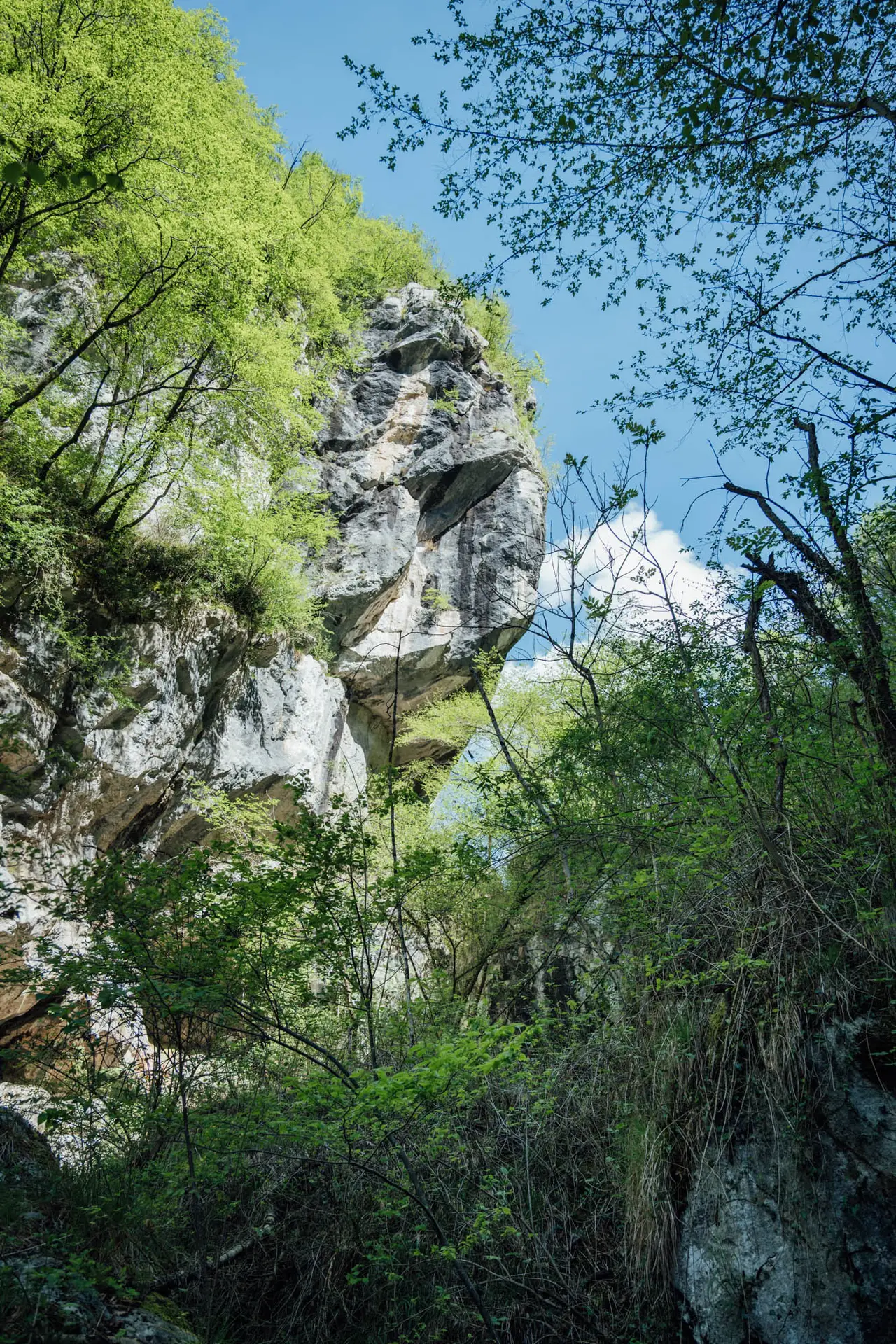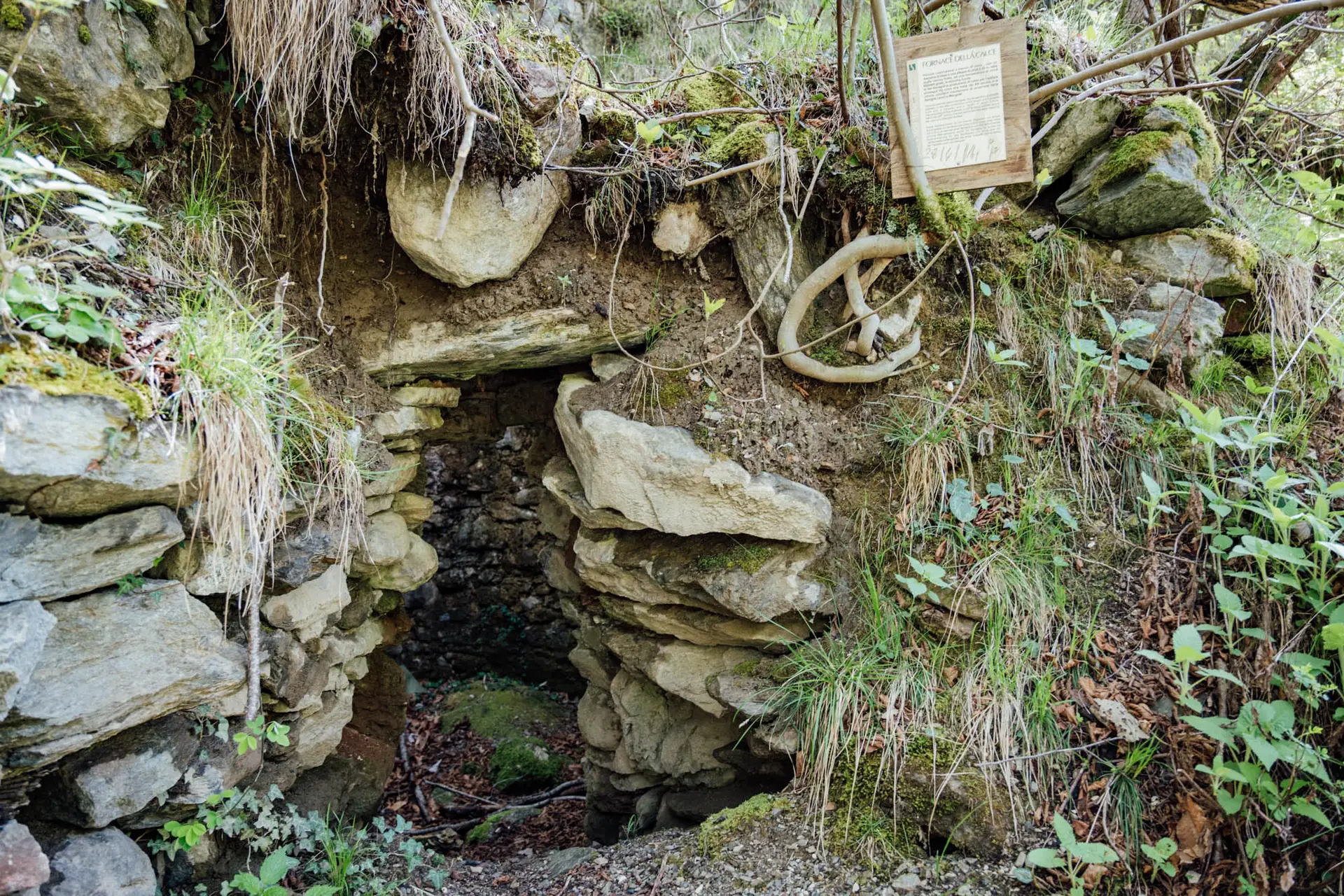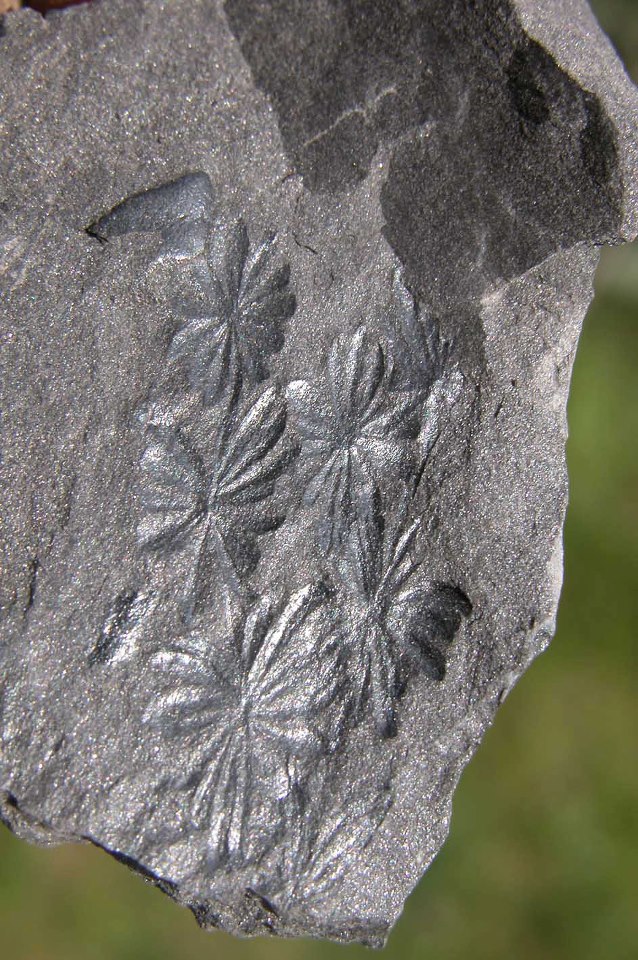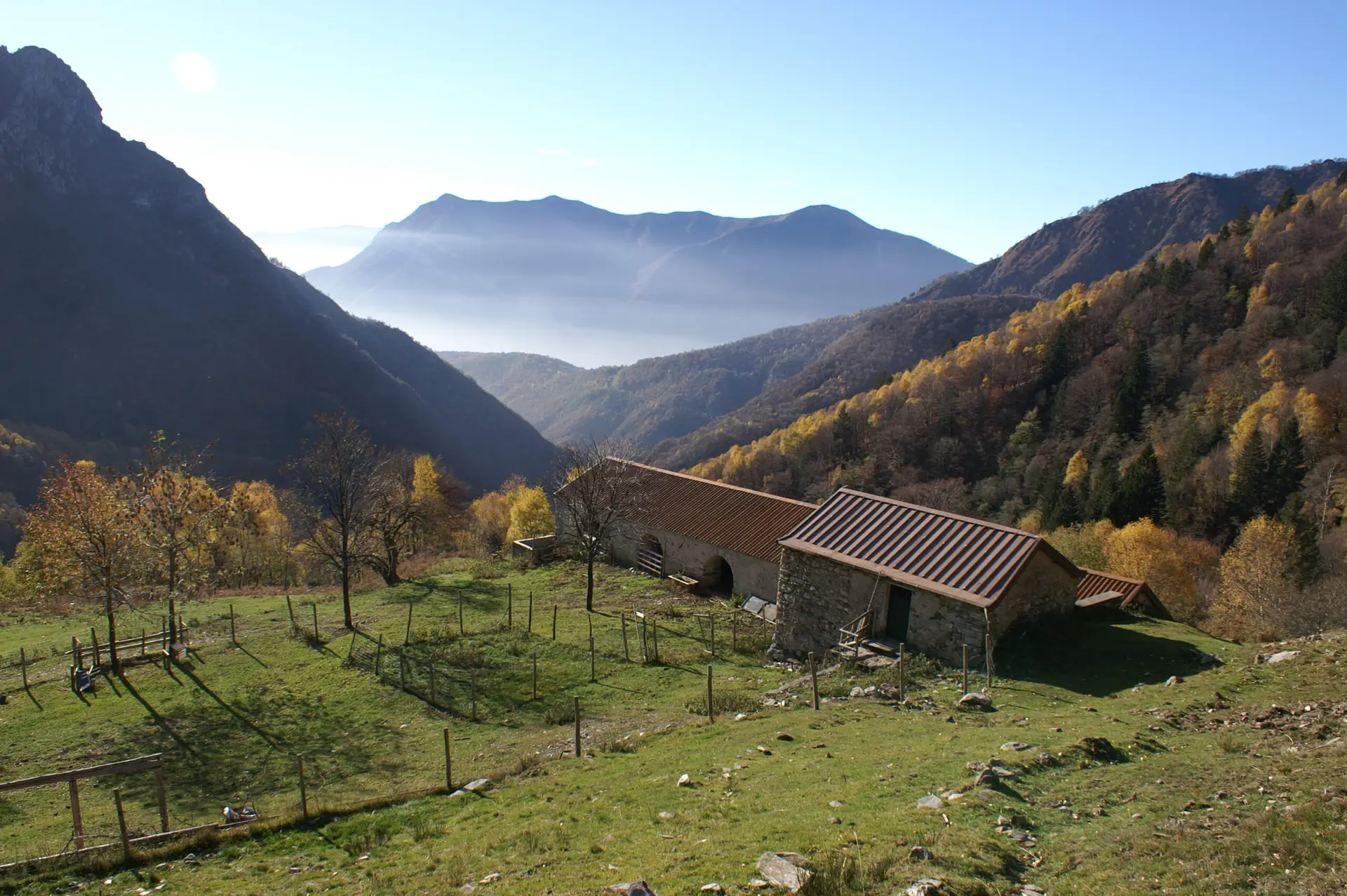Park rocks
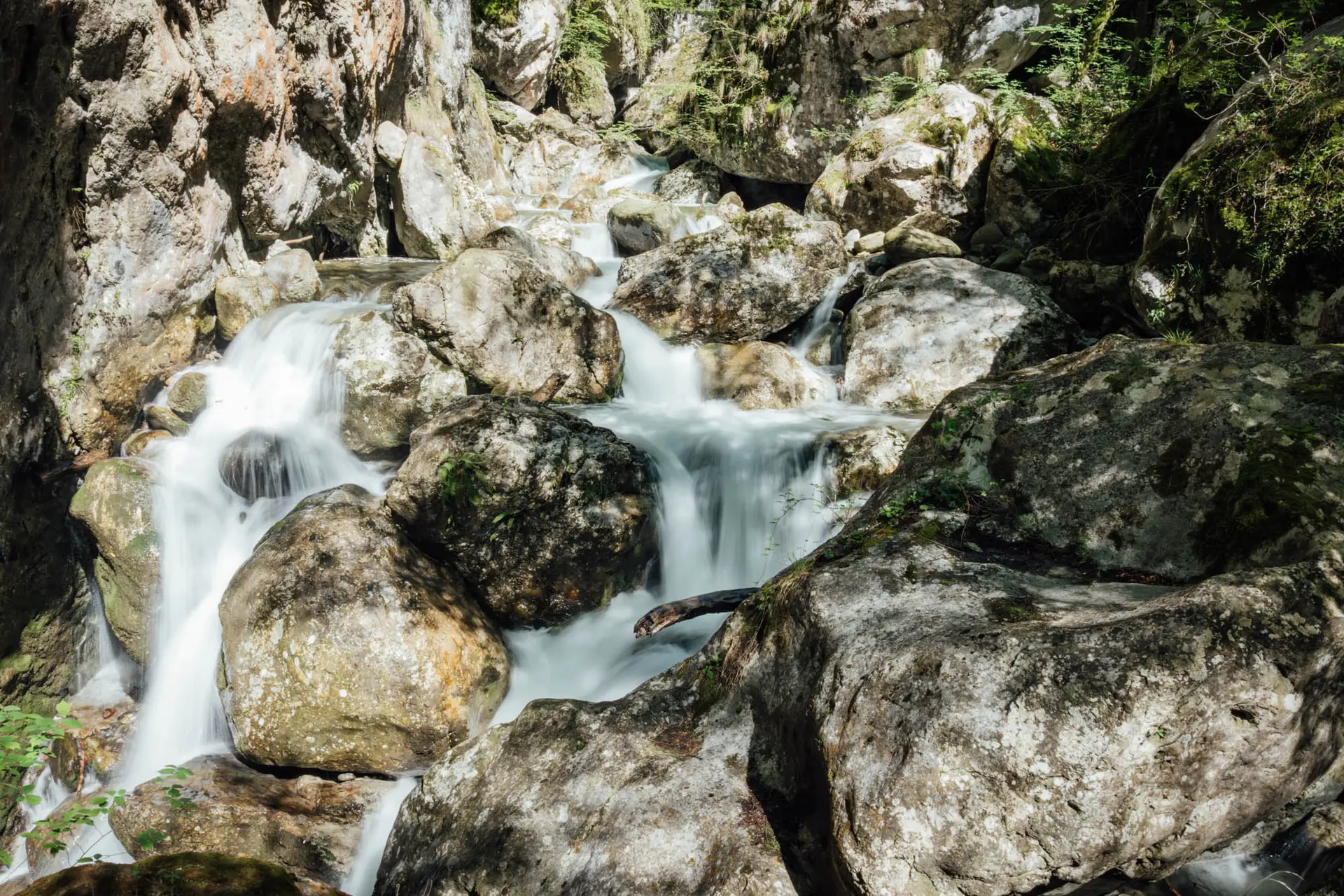
The rocks of the Sanagra Valley
The Sanagra Valley has an extremely varied geological nature, witnessing the profound upheavals that accompanied the early stages of the Alpine and pre-Alpine orogeny. This complexity is due to the presence of a major tectonic fault, known as the Grona line, which crosses the Lepontine Alps in an east-west direction.
The Grona Line emerges to the north of the Breglia Mountains, crosses the Grona Mountains (1736 m) and Piaggia (1528 m), eventually extending into Canton Ticino.
In the Sanagra Valley, the fault runs through areas of great geological interest such as the Forcoletta della Grona (1611 m), the Gariasca Valley or "coal valley" (1050 m), and theAlpe Logone (1100 m), touching the very heart of the valley.
This discontinuity brings together rocks of different origin, age and composition, generating a clearly visible morphological contrast between the northern and southern sectors of the fault.
Northern sector
Crystalline Base
North of the Grona Line, the Crystalline Basement, formed by gneisses and mycascists, chronicles the collision between the African and European plates.
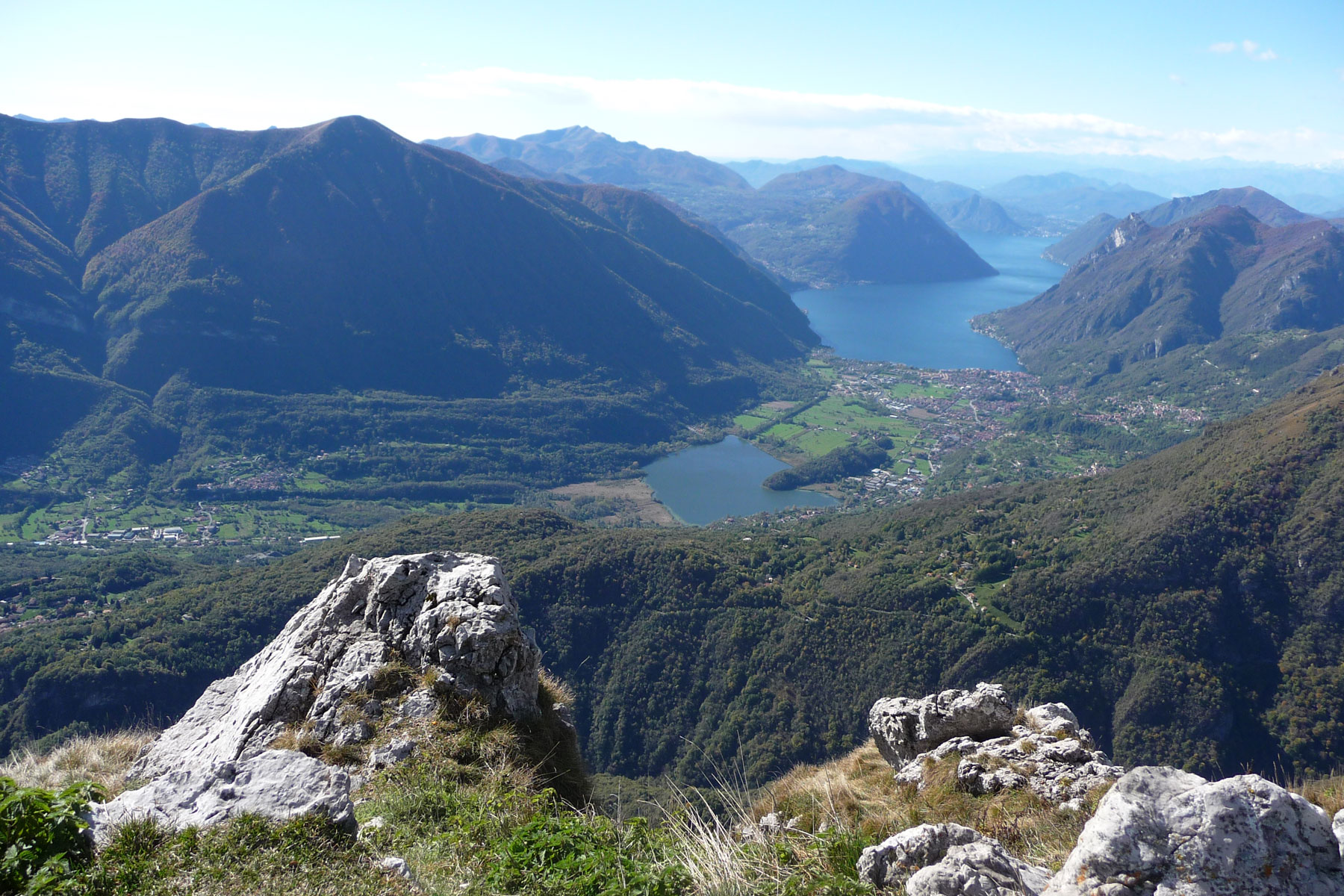
North of the Grona Line outcrops the rocks of the so-called Crystalline Base, a complex of ancient metamorphic rocks - mainly gneiss e mycascists - formed during the collision of the African and European plates, an event that culminated in the formation of the Alps. These rocks are distinguished by a characteristic lamination and regular orientation, clear signs of the metamorphic process undergone.
Morphologically, the landscape to the north is smoother and sweeter, with molded relief and generally lacking marked rock outcrops. The only significant rock formations are found near theBallarona Alp, in an area of considerable interest for wildlife observation.
Southern Sector
Main Dolomite and Zorzino Limestone
South of the fault, Main Dolomite replaces metamorphic rocks, creating steep profiles in the Grona and Piaggia mountains.
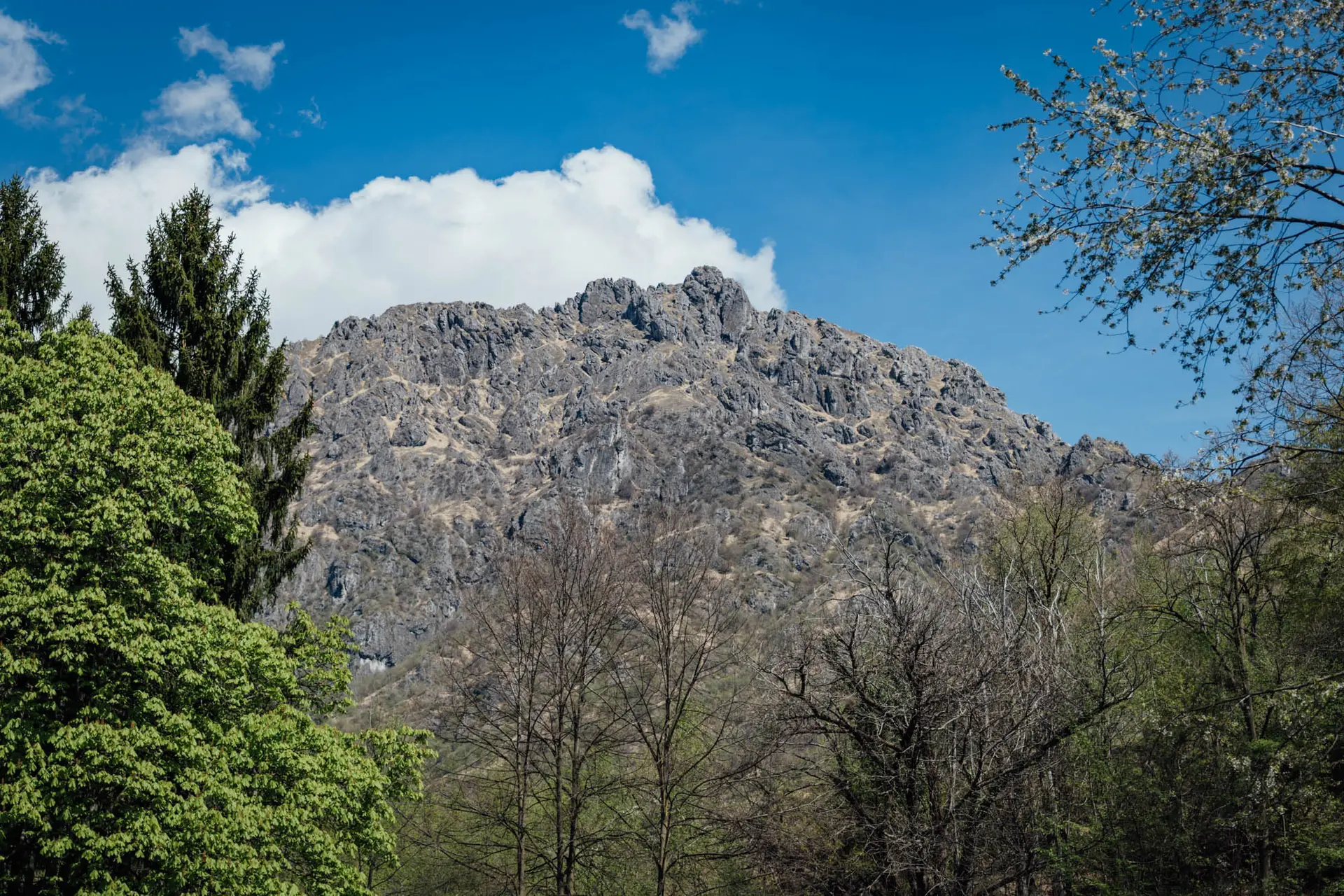
South of the fault, the landscape changes dramatically. Metamorphic rocks give way to sedimentary formations of the Dolomite Main, which originated about 200 million years ago, in the Noric period of the Triassic, from marine sediments accumulated in an ancient basin between the two continental plates. This type of rock is responsible for the profiles steep and jagged of the Grona and Piaggia mountains, with steeper slopes and marked ripples.
Descending toward the valley floor (between Grandola and Menaggio), the Main Dolomite is overlaid by the Zorzino Limestone. The difference between these two formations is not related to the passage of time, but to the different depositional conditions of the ancient sea that separated the African and European plates.
A Deep Connection
Geology and vegetation
The Grona Fault results in differences in soils, dividing the vegetation into two main ecological complexes.
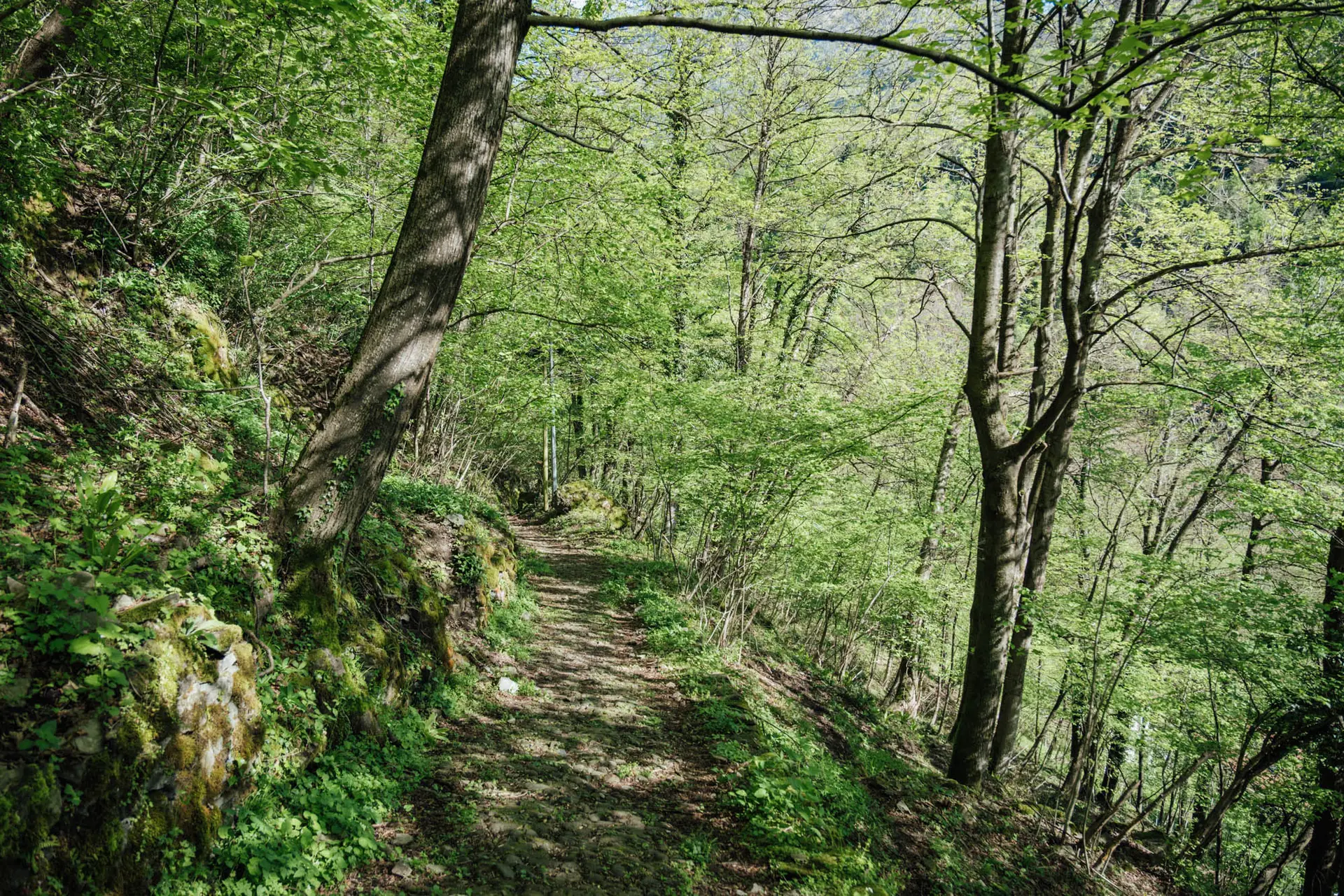
The Grona fault not only influences the morphological profile of the valley, but also determines important ecological changes. Indeed, the different chemical composition of the rocks-between Crystalline Bedrock in the north and Dolomite and Limestone in the south-affects the nature of the soils, which in turn profoundly influence the vegetation.
Plants, which form the basis of ecosystems, react sensitively to chemical changes in the substrate. This causes the flora in the valley to be distributed in Two main "vegetation complexes": one associated with the soils of the Crystalline Basement and the other with the limestone-dolomitic formations of the southern sector.
It should be emphasized, however, that these subdivisions are not absolute: there are transition zones and adaptable species that can grow in both contexts, resulting in a Ecological mosaic of great interest and biodiversity.
YOU MIGHT ALSO BE INTERESTED IN
Insights
No results available
